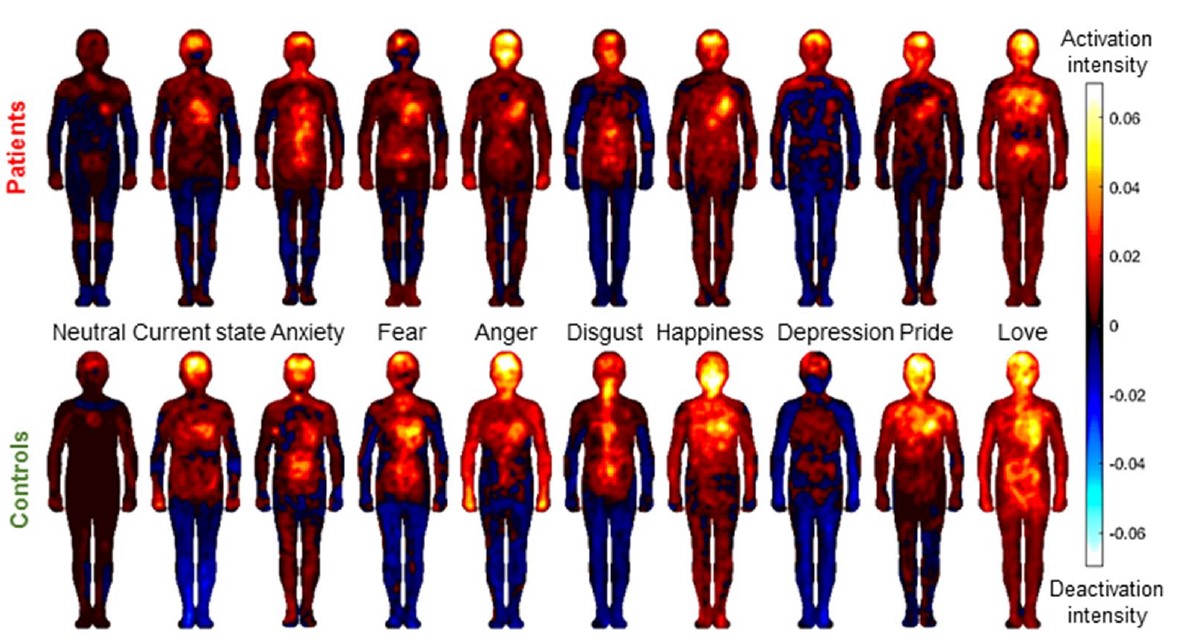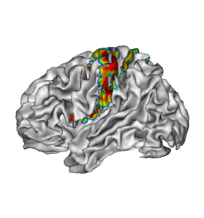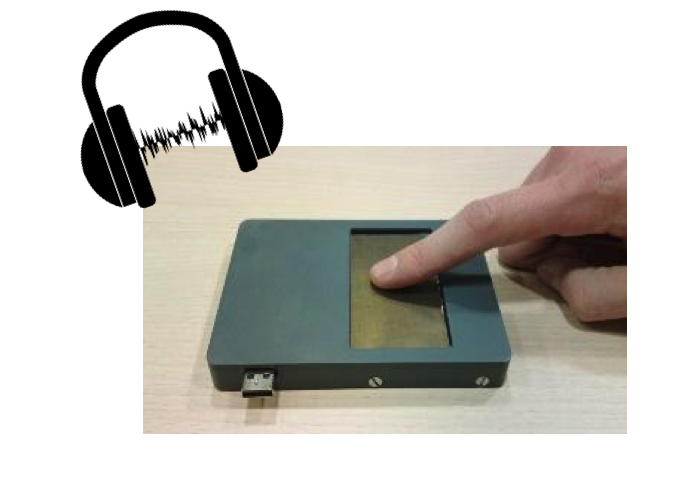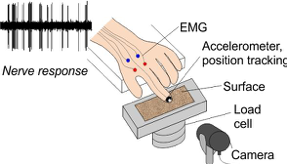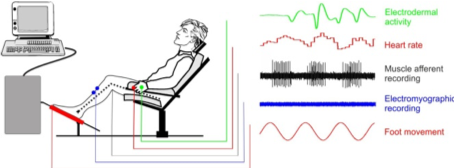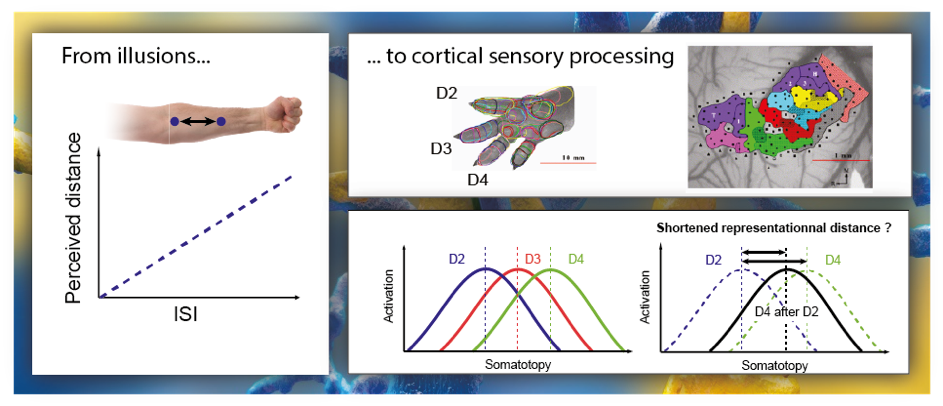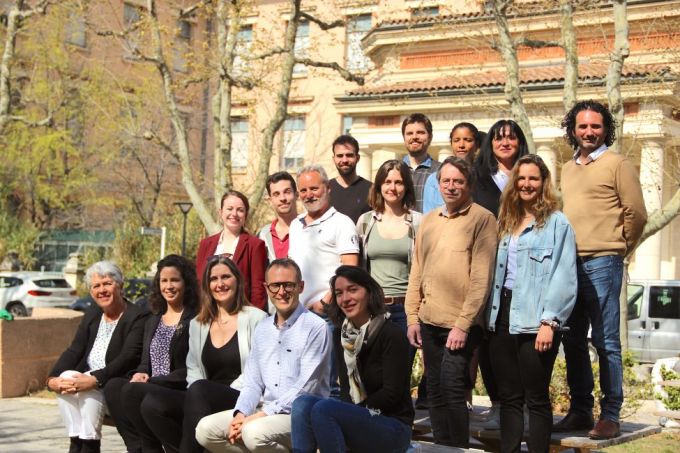
Team leader
Research topics
Scientific objectives
The Multisense and Body team aims to elucidate the relative contributions and interactions of the somatosensory, vestibular, and visual sensory systems to own-body awareness, own-body movement perception, and the perception of external stimuli applied on the body. Modulation of these bodily experiences and brain plasticity after impairment of such sensory systems is also investigated (stroke, amputation, vestibular deficits, aging).
We combine transdisciplinary approaches, including electrophysiology (microneurography, cortical multiunit recordings), brain imaging (fMRI, EEG, optical imaging), and behavioral methods (psychophysics, EMG, multisensory stimulation, postural testing), in both humans and rodents.
Research themes
Multisense & Body team focuses on four main scientific issues:
- Multisensory contribution to bodily perception
- Neural coding at the peripheral level
- Neural coding at the cortical level
- Adaptive plasticity of the sensory systems
Multisensory contribution to bodily perception
Vestibular and multisensory investigations of bodily self-consciousness
C Lopez, E Nakul, Z Dary, M Elzière (Hôpital Européen)
Collaborations with B Lenggenhager (Univ Zurich) and F Bartolomei (INS, APHM)
We are studying how the vestibular system contributes to bodily self-awareness, in particular in self-location and the first-person perspective (ANR VESTISELF). To do so, we use state-of-the art vestibular physiology (galvanic and acoustic vestibular stimulation, motion platforms, electromyography), which is linked with electroencephalography and cognitive science of the self, including immersive virtual environments. Another line of research is the investigation of the human vestibular cortex using scalp EEG and intracranial EEG. Studies are conducted in healthy participants, patients with vestibular disorders, and neurological patients.
Own-body movement perception: how does vision, touch and muscle proprioception interact
A Kavounoudias, C Landelle, R Schlienger
Collaborations with M Guerraz (LPNC, Chambéry), JL Anton, J Sein, B Nazarian (centre IRM-INT, Marseille)
To perceive one’s own body movements, the brain has to efficiently merge multiple sources of sensory information to form a coherent percept. Using psychophysics and neuroimaging (fMRI), we examine the neural mechanisms that underlie multisensory integration in humans, where it takes place in the brain, and to what extend this work can be useful for clinical perspectives (aging, deafferented patients) (MULTISENSE project, ANR) .
Audio-haptic interactions in texture discrimination
A Kavounoudias, C Landelle, J Caron-Guyon
Collaboration with J Dana (LNC), F Giraud & B Semail (Polytech Lille), R Kronland & S Ystad & M Aramaki (Prism, Marseille)
We investigate the ability of humans to discriminate tactile roughness, with concomitant audio stimulation, and the cortical underpinnings of these audio-haptic interactions by fMRI (DISREMO project, Auton-CNRS).
Neural coding at the peripheral level
How complex texture and wetness are encoded in the periphery
R Ackerley, E Ribot-Ciscar, JM Aimonetti, M Dione, RH Watkins, L Samain-Aupic
Using microneurography, we examine how single mechanoreceptors in the skin respond to complex tactile stimuli, during both passive and active movements (ERC Consolidator grant ARTTOUCH). This includes applying a range of surfaces to the hand to measure how single mechanoreceptive afferents respond. Additionally, single afferents will be stimulated, using low currents, to elicit artificial sensations. The project also investigates how wetness is encoded, though tactile and thermal afferents.
Influence of the behavioral contexts, emotion, and learning on the encoding of body movements
E Ribot-Ciscar, R Ackerley, JM Aimonetti
Body movements are encoded by muscle receptors, named the muscle spindles, the sensitivity of which may be changed by the central nervous system through the activity of the fusimotor neurons.
We test the hypothesis that this central control is involved to adapt the proprioceptive encoding of movements to particular behavioral purposes, to distinct emotional feelings, as well as to the learning of new motor skills, by using the microneurographic technique.
Influence of intrinsic and extrinsic factors on the peripheral encoding of tactile stimuli
JM Aimonetti, R Ackerley, E Ribot-Ciscar, M Dione, RH Watkins, L Samain-Aupic
Tactile sensitivity relies upon populations of low-threshold mechanoreceptive units located in the dermis layer. We explore whether changes in skin hydration, temperature, or compliance with aging affect the encoding of roughness by tactile afferents recorded at the median nerve level with the microneurographic technique.
Neural coding at the central level
Time-dependent spatial representation in the primary somatosensory cortex.
Y Zennou-Azogui, C Xerri, N Catz
The sensory systems have to make sense out of ambiguous and fragmentary inputs that comes from our sensors. The illusion of tactile “saltation” suggests that successive brief tactile stimulations delivered on two different locations are felt as single object hoping linearly between the two cutaneous regions. As the primary somatosensory cortex (SI) contains a topographically organized representation of the body cutaneous surfaces, we hypothesized that stimuli representation within this map undergoes spatial distortion dependent upon the delay between two distant tactile stimuli. We test our hypothesis in rodents using voltage-sensitive dye imaging and electrophysiological unit recordings.
Multisensory motion perception : how do signals from different sensory sources (visual, tactile, auditory) get integrated ? A focus on the visual motion area MT.
J Caron-Guyon, Y Zennou-Azogui, C Xerri, N Catz
To keep a stable and updated representation of the environment, our brain needs to take into account our own motion (self-motion) and the movements in the environment (external motion). Most frequently, when an object is in motion, it activates several of our peripheral sensory receptors. We investigate the neural mechanisms underlying the multisensory integration of motion signals, both in rodents (using voltage-sensitive dye imaging and electrophysiological unit recordings) and in humans (using fRMI). We target the visual motion processing area MT, as a candidate for multisensory motion perception
Adaptive plasticity of the sensory systems
Interplay between intact and damaged hemispheres in the functional recovery after focal stroke to the somatosensory cortex
Y Zennou-Azogui, J Facchini, N Catz, C Xerri
Recovery from cortical stroke depends upon a reorganizational process within the peri-infarct zone as well as more distant sensorimotor areas of the ipsilesional and contralesional hemispheres. Our research project aims to gain new insights into reciprocal hemispheric influences underlying the remodeling of somatosensory cortical networks, as a substrate of functional recovery after focal stroke. We address this question to disentangle adaptive from maladaptive reorganization following focal damage to S1 in the rat. We combine immunohistochemistry, electrophysiology, voltage sensitive dye (VSD), and correlate cortical remodeling with the recovery of sensorimotor abilities.
Adaptative plasticity after limb amputation in humans
A Kavounoudias, L Théfenne, R Ackerley, E Ribot-Ciscar, M Dione
Collaborations with P Giraux (CHU Saint-Etienne), L Havé (Hôpital Desgenettes Lyon)
2 MRI centers: IRMf-INT@Cerimed (Marseille) et CERMEP (Lyon)
There are two main issues in treating amputations: how to relieve phantom limb pain, and how to best fit and use a prosthetic to retrieve satisfactory body mobility. By combining virtual imagery, neuroimaging and microneurography, we propose to test a new rehabilitation method based on multisensory feedback relating to the missing limb to alleviate phantom pain. Introducing fine somatosensory feedback by activating single cutaneous units is also expected to improve prosthetic use in amputees and to reduce its frequent rejection. (PhantomPain & ARTTOUCH projects)
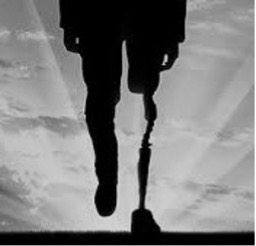
Adaptive plasticity after vestibular loss
C Lopez, Z Dary, M Elzière
Collaborations with JP Lavieille (APHM), M Toupet (IRON), C Hautefort (APHP)
Vestibular disorders are common and involve deficits in postural and oculomotor control, and in spatial cognition. Our studies focus on aspects of vestibular symptoms that were overlooked: abnormal bodily and self-representations. Neuropsychological and neuroscientific investigations aim at unravelling the multisensory, psychological and neurological factors that may lead to distorted body and self-representations, and how they compensate. This may improve the diagnosis and treatment of patients with otoneurological disorders (BODILYSELF Project).
